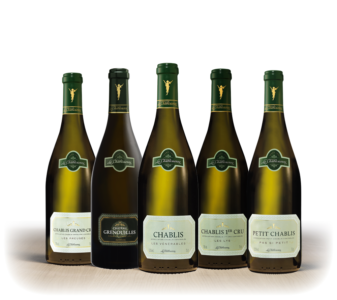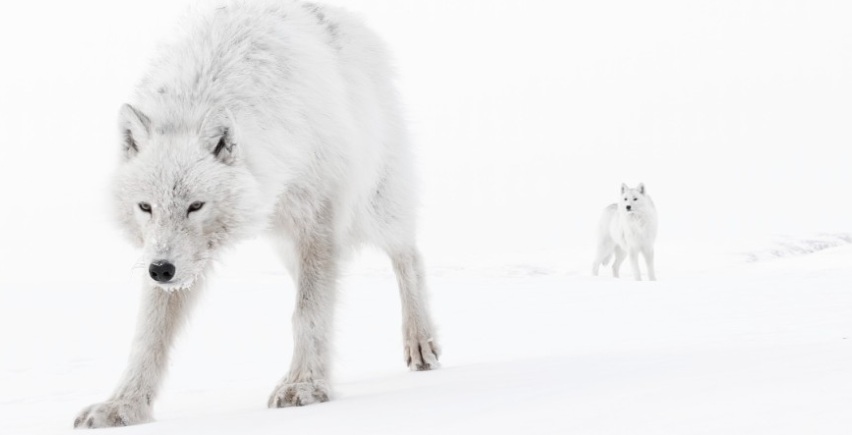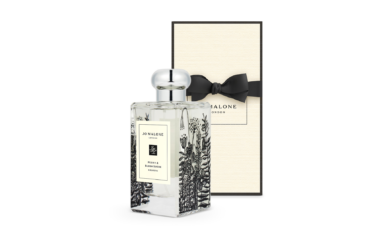Which wool for a winter wardrobe? A guide to wearing knitwear this season
Nothing quite compares to the enjoyment of wrapping up warm to beat the winter chill. Whether you’re an embracer of hygge with cosy nights in by the fire or a party animal braving the cold to dance all night long, layering up is essential. Knitwear is the perfect way to do just that, but the thought of wool might bring back childhood memories of a scratchy pullover your mum made you wear.
It’s true that not all knits are created equal. But how do you know which wool to choose? To help you separate your wools from your hairs, we’ve put together this guide that breaks down everything you need to know, ensuring you’ll stay snug yet stylish this season.
Why choose wool?
Wool is one of the most versatile materials used in clothing. As a basic survival instinct, humans have used wool and hair since ancient times to keep bodies warm. Fast forward several millennia and we’re still using it to remain warm, albeit with an added focus on fashion.
By definition, wool is sourced from the fleece of sheep. Hair, on the other hand, is sourced from other animals such as goats, rabbits, and alpacas. However, the two are often referred to collectively. For instance, cashmere is often considered to be a luxury wool, but the material actually comes from goats.
Wool and hair have many properties in common that make them ideal for use in a variety of garments. While many clothing manufacturers opt for cotton as an alternative, wool makes use of several properties that cotton lacks:
● Wool holds heat extremely well. The fine hairs trap air, keeping it close where the body’s heat can warm it.
● Wool is water-resistant. Individual fibres are highly absorbent and can soak up 30% of their weight in water before it starts to leak through.
● Wool is durable, meaning wool garments hold their shape and last a long time. Such garments will also resist worn patches much longer than an equivalent cotton garment could.
● Wool absorbs dye well, while both sheep’s wool and alpaca hair offers a range of natural colours that require no additional dyes.
● Wools generally have little environmental impact, particularly from factories that have organic processes free from pesticides and chemicals. Wool and hair are easily renewable and recyclable.
Which wool is best?
Wool
Sheep’s wool, in its most standard form, has a scaly exterior and is perhaps not as durable as other wool types. Described simply as “wool” on labels, the scales are designed to protect the fibre but are what can make a garment feel irritable and itchy. It’s also prone to shrinkage and pilling. However, it’s often much less expensive than other knits on the market and does the job of keeping the user warm, by trapping air and providing good insulation.
Lambswool
As the name suggests, lambswool comes from the first shearing of a sheep just several months old. A lamb’s first coat is extremely fine and smooth, making for a lovely garment that’s soft to the touch. The fresh wool is also highly resilient and hardwearing, making it a popular choice for carpets, rugs, and upholstery. Lambswool is rarer and therefore more expensive since you can only shear a young sheep’s virgin coat once.
Merino
The wool of the merino breed of sheep is the finest and softest available. The luxurious wool has smaller scales than other sheep varieties, so it’s not as bulky and is less susceptible to pilling and shrinkage. Merino is well known for its temperature regulation properties, not only keeping you warm when it’s cold but also cooling you down when it’s hot. So while it makes for wonderful winter wear, you’ll see it in the shops year-round, often in the form of athletic gear.

Cashmere
Often considered to be one of fashion’s most luxurious materials, cashmere is obtained from the undercoat of the cashmere goat. Known for its sumptuous soft hand feel, it’s a fine fibre that is stronger, lighter, less irritable, and more durable than sheep’s wool. Similar to merino, cashmere can be worn year-round due to its excellent insulation properties. However, one goat typically yields 150 grams of cashmere a year, a much smaller output than sheep. It sometimes takes the fibres of two goats to make just one sweater. As a result, prices are much higher. Cashmere can also be blended with other fine materials to create garments. For instance, Hackett’s knitwear collection features cashmere blended with silk, while Cos blends cashmere with merino.
Mohair
Another goat hair, mohair comes from the angora goat (not to be confused with the angora rabbit). Unlike traditional wool, mohair doesn’t have many scales, making it smoother, soft, and shiny with a silk-like texture. It’s also strong and resilient, with plenty of insulation to keep you warm. Unlike cashmere, mohair combines guard hairs from the goat’s topcoat with hairs from the undercoat, giving it a distinct frizzy look. A single angora goat yields between 3-5 kilos of mohair annually, meaning the end product is not quite as exclusive as cashmere.
Angora
Angora comes from the undercoat of the angora rabbit. Its fibres are hollow, making them lightweight, fluffy and incredibly soft. Despite this, angora still offers great insulation and is much warmer than traditional wool. However, the rabbit’s hair is more fragile than other varieties. Because of this, you’ll often find angora as an accent, such as a collar, or blended with other fibres to build resilience. Production is time-consuming and costly, so angora is generally more expensive than the aforementioned materials. There are also questions about the ethics of angora production.
Alpaca
Alpaca fleece is similar to that of traditional sheep wool. It’s lightweight, soft and durable, but warmer and finer than wool. Alpaca hair is naturally hypoallergenic, arguably making it superior to cashmere. However, the fibres can be quite itchy and irritable, making it less suitable for use in clothing. When alpaca hair is used in clothing, the fibres have usually been blended with soft wools like merino.








